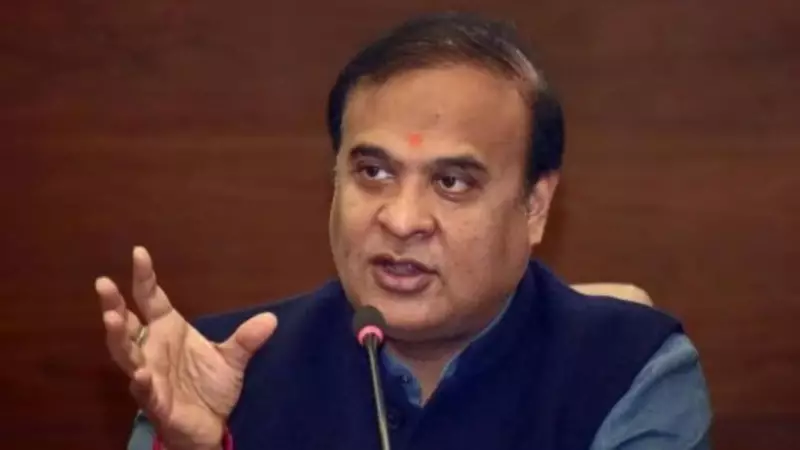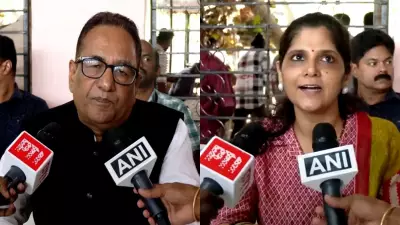
In a historic move that ends a 42-year wait for truth and closure, the Assam cabinet has finally decided to table the long-concealed report on the Nellie Massacre in the state legislative assembly. This landmark decision brings to light one of the most tragic episodes in India's post-independence history that has remained shrouded in mystery for generations.
The Long-Awaited Revelation
The Assam Cabinet, under Chief Minister Himanta Biswa Sarma's leadership, has approved the tabling of the Justice T.P. Naik Commission report that investigates the horrific events of February 1983. The massacre, which occurred during the peak of Assam's anti-foreigners movement, claimed hundreds of lives in Nagaon district's Nellie and surrounding areas.
A Dark Chapter in Assam's History
The Nellie Massacre represents one of the most violent incidents in Assam's troubled history during the anti-foreigners agitation. The bloodshed unfolded on February 18, 1983, when tensions over illegal immigration boiled over into unprecedented violence against minority communities.
What makes this development particularly significant is the extraordinary length of time the report remained hidden from public view. For over four decades, victims' families and human rights activists have demanded transparency and accountability for the tragic events that official estimates claim took over 2,000 lives, though actual numbers remain disputed.
Political Implications and Historical Significance
The decision to finally make the report public comes at a crucial political juncture. The move is seen as addressing long-standing demands for justice and recognition of the suffering endured by victims and their descendants. The tabling of this report in the Assembly marks a pivotal moment in Assam's journey toward confronting its difficult past and building a more transparent future.
As the Assembly prepares to discuss the contents of this historically significant document, the nation watches closely, anticipating answers to questions that have lingered for generations. This breakthrough represents not just the unveiling of historical facts, but potentially the beginning of healing for wounds that have remained open for 42 years.





